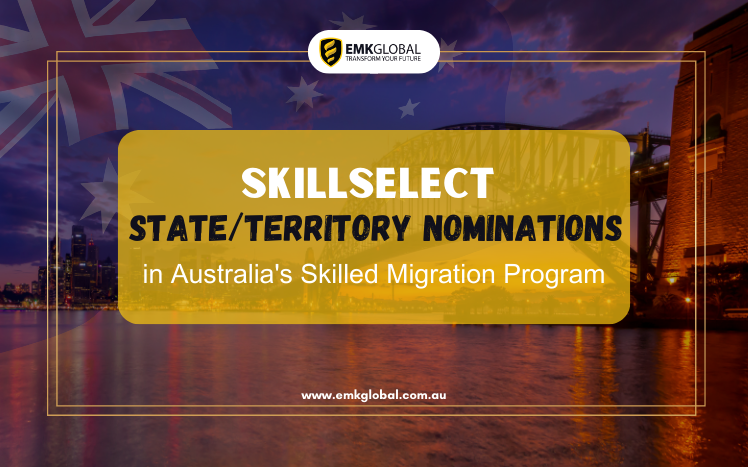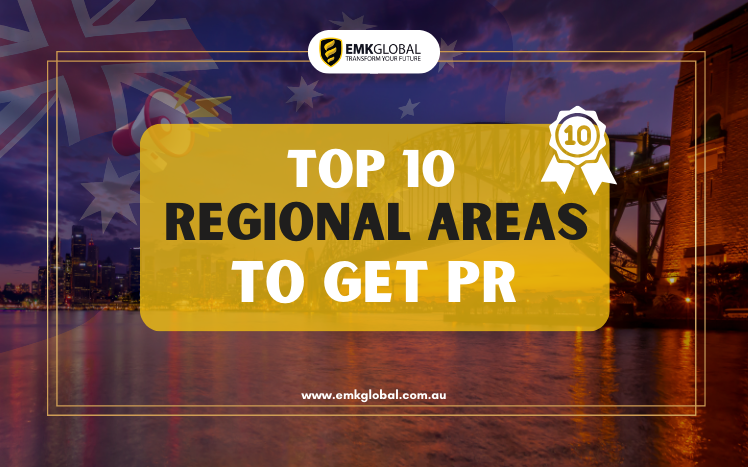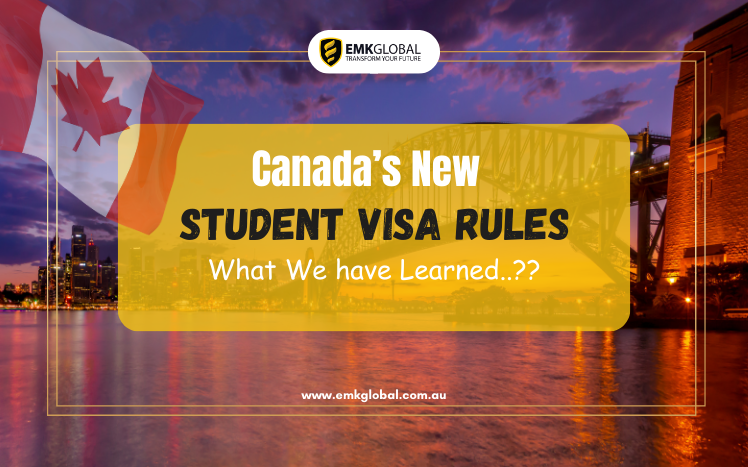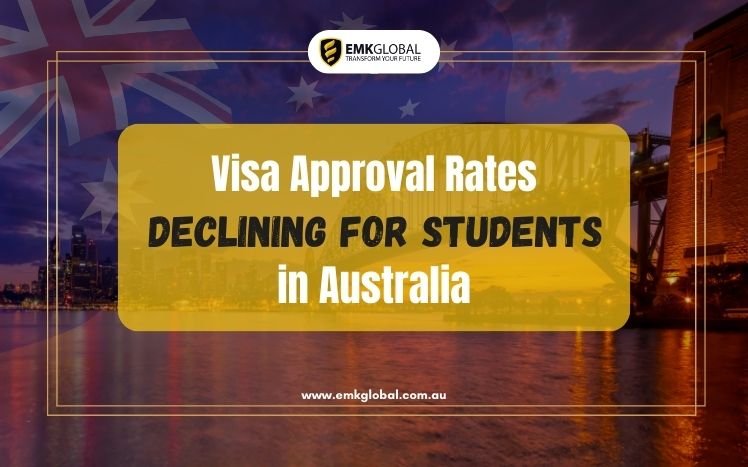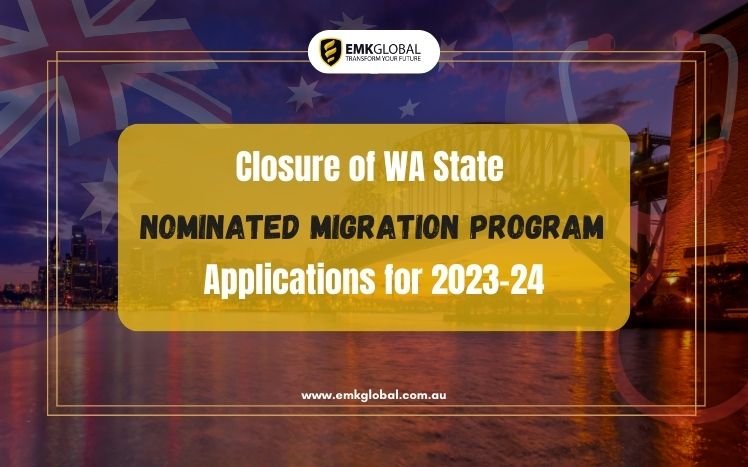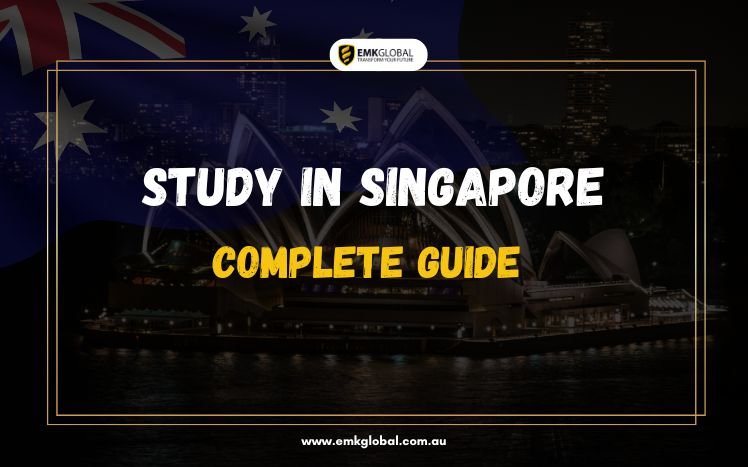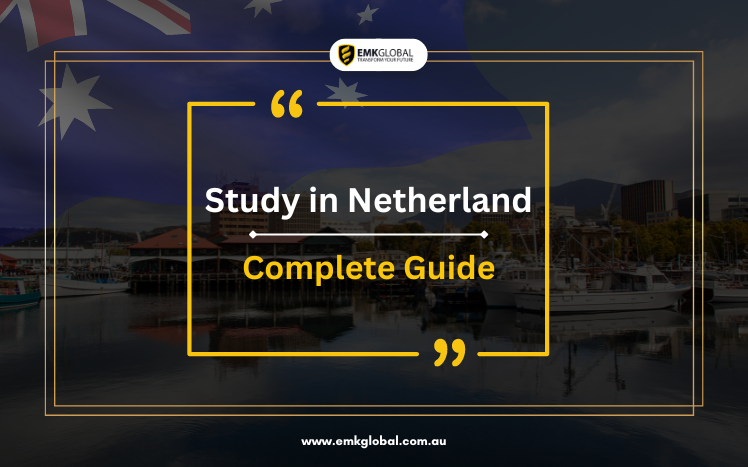Introduction
Australia’s skilled migration program, facilitated through the SkillSelect system, plays a crucial role in attracting skilled professionals to contribute to the country’s workforce and economic development. In this article, we will analyze the most recent SkillSelect invitation round held on 18 December 2023, including the number of invitations issued, minimum scores required, and the occupations targeted. Additionally, we will explore State and Territory nominations for various visa subclasses during the 2023-24 program year.
SkillSelect Invitation Rounds
The SkillSelect invitation rounds are conducted periodically throughout the program year for the Skilled Independent visa (subclass 189) and the Skilled Work Regional (Provisional) visa (subclass 491) – Family Sponsored. The number of invitations issued can vary based on the volume of applications being processed by the Department of Home Affairs.
Occupation Ceilings
To maintain a balanced skilled migration program, occupation ceilings are applied to invitations issued under the independent and skilled regional (provisional) visas. These ceilings set an upper limit on the number of Expressions of Interest (EOIs) that can be invited for skilled migration from specific occupation groups. Occupation ceiling values are determined as a percentage of stock employment figures for each occupation, provided by the Australian Bureau of Statistics.
Invitation Process and Cut Offs
The invitation process prioritizes individuals with higher points scores. In case of equal points, a tie-break mechanism considers the date at which applicants reached their points score for that subclass, giving preference to earlier dates of effect.
Current Round (18 December 2023)
In the most recent invitation round on 18 December 2023, a total of 8,300 invitations were issued for the Skilled Independent visa (subclass 189), with a tie-break in November 2023. For the Skilled Work Regional (Provisional) visa (subclass 491) – Family Sponsored, 79 invitations were issued, with a tie-break in December 2023. The table provided includes a list of occupations, their minimum scores for both subclasses, and indicates cases where no candidates were available to be invited.
Invitations Issued in 2023-24 Program Year
The table outlines the number of invitations issued for both visa subclasses in the current program year (up to December 2023). It is important to note that these figures exclude invitations issued for State and Territory Government nominated visa subclasses.
State and Territory Nominations for January 2024
The article also provides insights into State and Territory nominations during the 2023-24 program year. The table displays the number of intending migrants who received nominations from each region for the Skilled Nominated visa (subclass 190) and the Skilled Work Regional (Provisional) visa (subclass 491) State and Territory Nominated. Notably, nominations for the Business Innovation and Investment (provisional) visa (subclass 188) were not reported during this period.
Conclusion
Australia’s SkillSelect system continues to play a pivotal role in managing skilled migration, ensuring a diverse and qualified workforce. The analysis of recent invitation rounds and State/Territory nominations provides valuable insights for prospective applicants and stakeholders involved in the country’s migration program.


